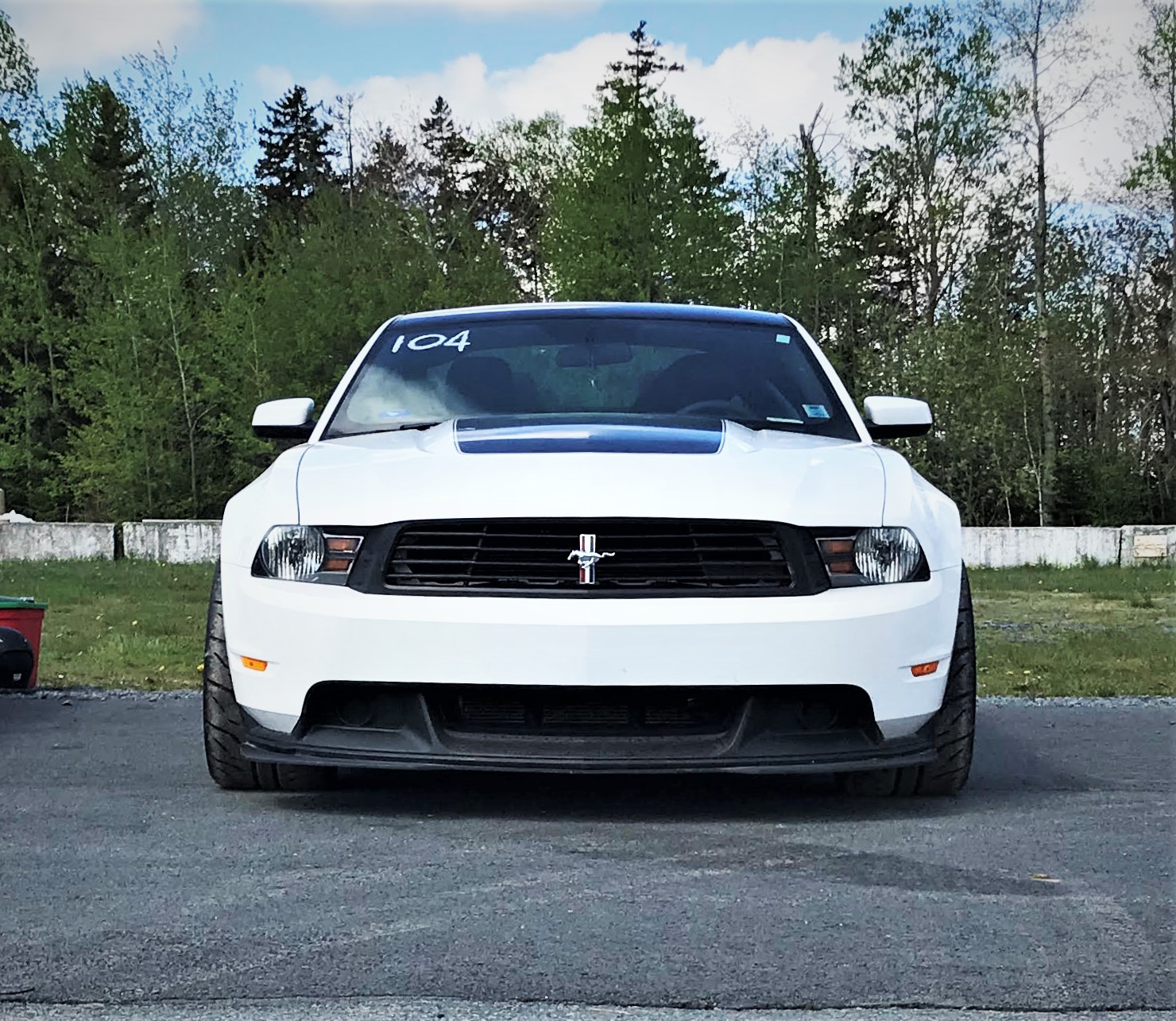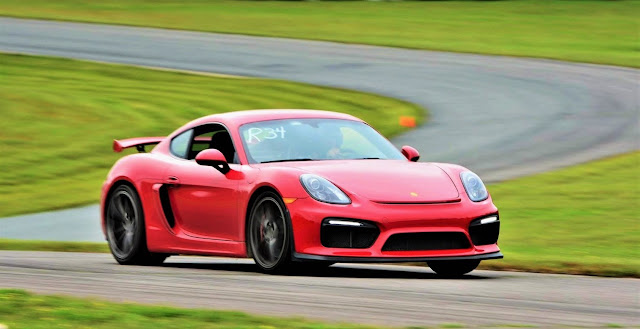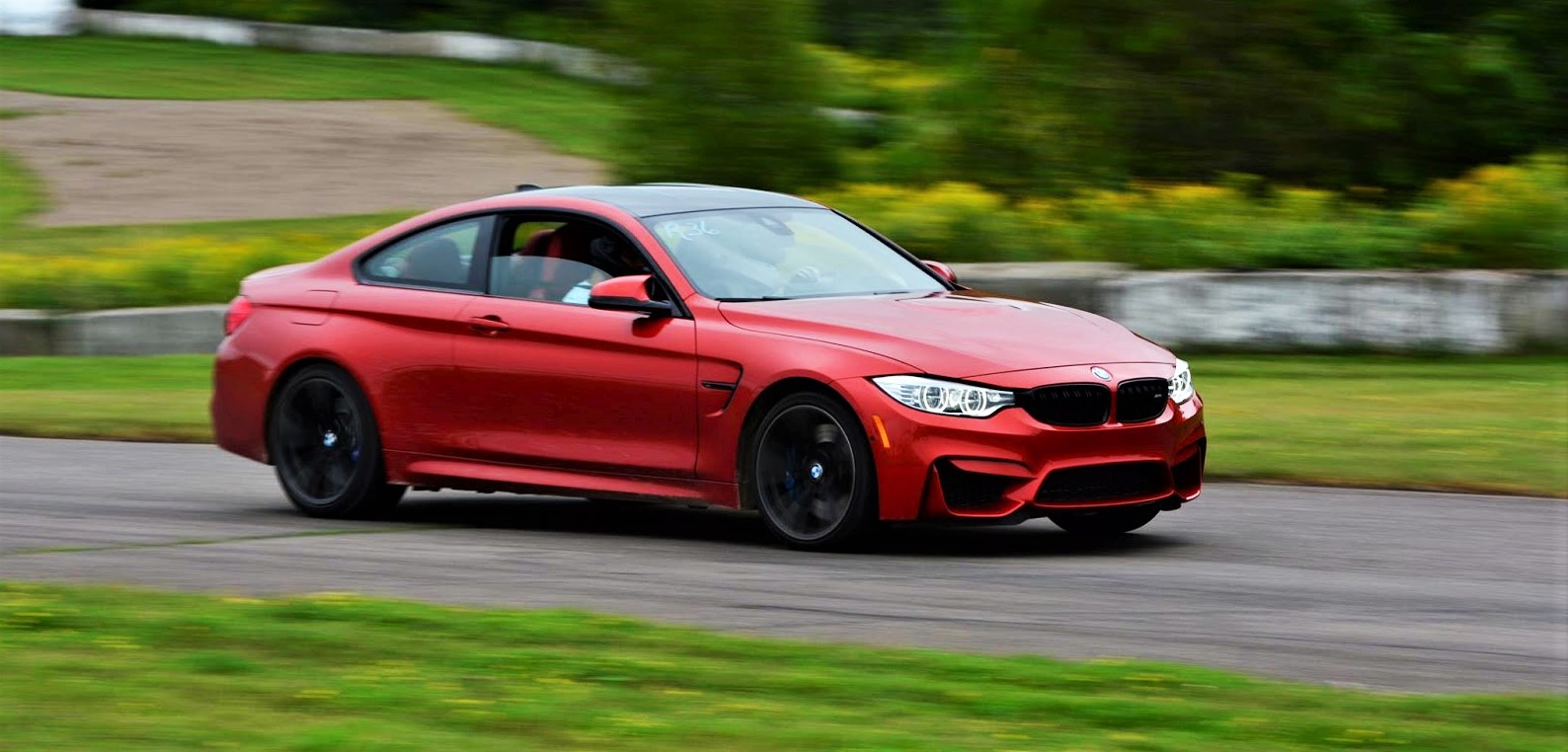The dominance of the Williams FW14B is undeniable, even if the tech may be called into question. It took Nigel Mansell to his first (and only) F1 world title in 1992, the first time a British had won it since 1976. It qualified on a pole position 7 times out of its 13 races. And despite facing off against Ayrton Senna and Michael Schumacher, it set the record of 9 Grand Prix wins in a single season.
To this day, the car remains one of the most advanced F1 cars of all time due to rule changes in 1994 that banned a lot of the technology. It came with a semi automatic gearbox (which was just starting to take over), traction control, and active load-leveling hydraulic suspension. To allow all of this to work properly with the required fail-safes, Williams ended up having to come up with their own controller and their own programming.
The hydraulic load leveling suspension was initially meant to be an all mechanical system so it was a complete transformation in controls. And in an age where you can buy a programmable microchip online for next to nothing, this might not seem like much, but back in the early 90's, doing your own controls from scratch was a major undertaking.
 |
| Williams FW14B 'Red 5' suspension and hydraulic actuator - Williams F1 TV © |
Going beyond even the active suspension's inherent capabilities, the system allowed Williams to create a form of a Drag Reduction Systems (DRS). They noticed in testing that their active suspension car was actually slower at the end of straights by 2-3 km/h (1-2 mph) compared to their passive suspension car. They had already decided to run the active suspension car because it was working so well and it was posting quicker overall times but they wanted to gain every advantage possible so they looked further into the root cause.
They found that the passive suspension car was "stalling"; a term used in aerodynamics engineering to describe lift or downforce elements such as spoilers, wings, spoilers, etc. losing effectiveness due to their angle of attack changing. Because the passive suspension car changed its ride height in response to suspension loading, it caused the stall condition which resulted in reducing drag and allowing the passive car to reach higher speeds. To allow the active car to stall, they introduced a manual override to drop the ride height of the car, essentially creating the first DRS.
You can watch the 6 minute Williams F1 video below about what went into development which is just astonishing. It was so dominant that it allowed Nigel Mansell to secure his title a whole 5 races before the end of the season. And its designer - Adrian Newey - is still active today as Chief Technical Officer of the Red Bull Racing team, speaking volumes of his relevance.
It has been owned by a single private owner since Williams originally sold it and has been dormant until 2017. Former F1 driver Karun Chandhok took it out for Williams' 40th anniversary celebration at Silverstone and the Renault V10 and hydraulic active suspension are reportedly working properly.
How much will it go for?
The car is being auctioned by Bonham, which is no stranger to historic F1 cars. Bonhams sold Ayrton Senna's McLaren-Ford MP4/8 last year for €4.2 million which won him the Monaco Grand Prix. That is roughly £3.8 million in today's money ($4.8 million USD). The record for the most money paid for an F1 car is £5.6 million ($7.3 million USD) for Michael Schumacher’s 2001.
That should give a ballpark for what something like this might go for. Bonham isn't providing an estimate, but there's speculation that it will go for close to £3 million ($3.9 million USD) according to Motorsport magazine. If you want a chance to bid, it will be at this year’s Goodwood Festival of Speed presented by Mastercard on 5th July.
Follow Ram's Eye The Track Guy on Facebook and Instagram!













Comments
Post a Comment